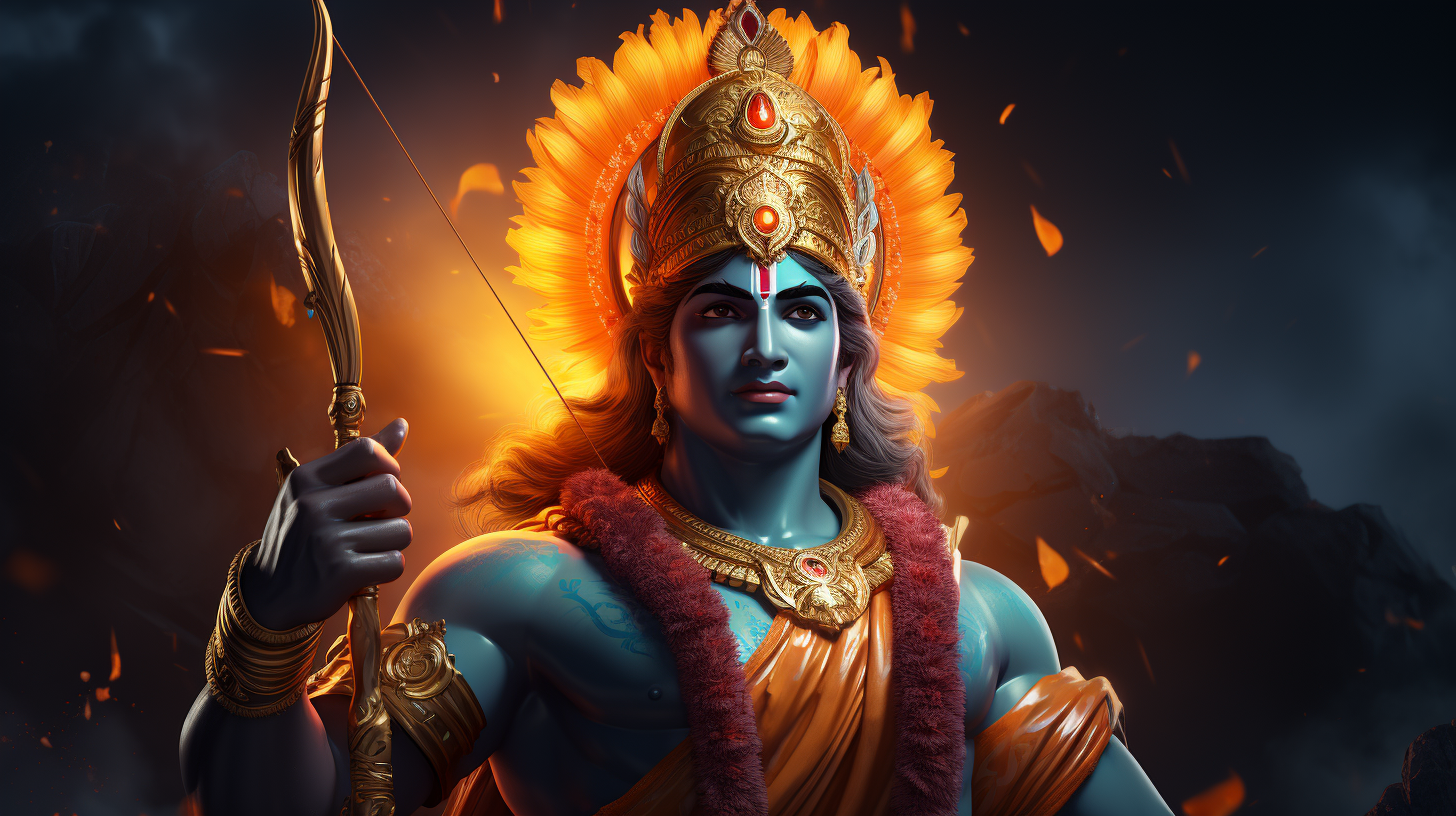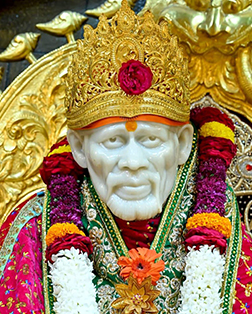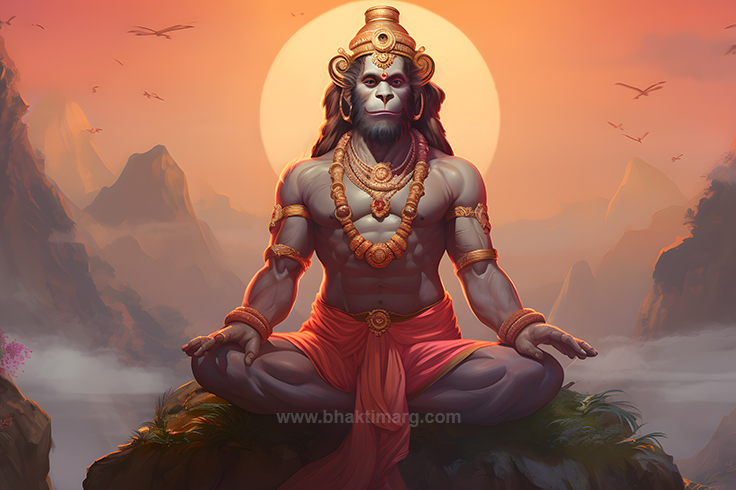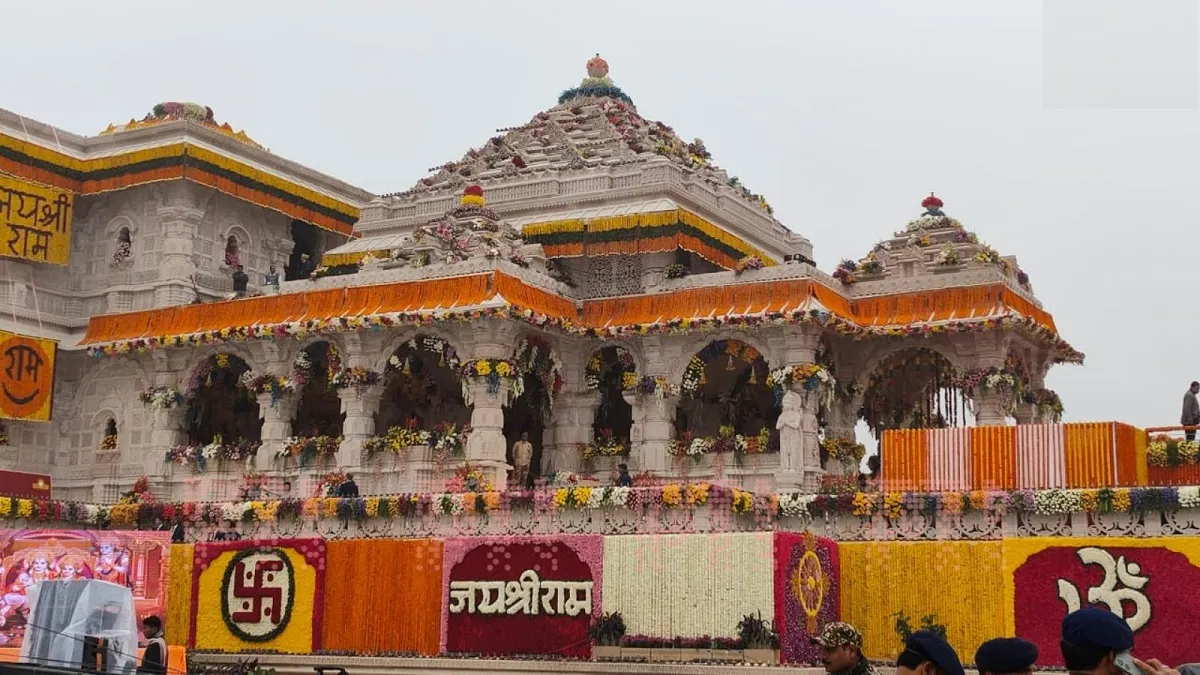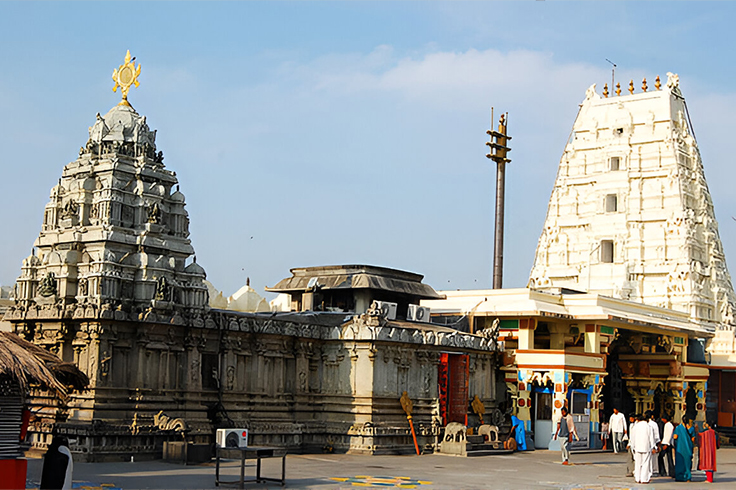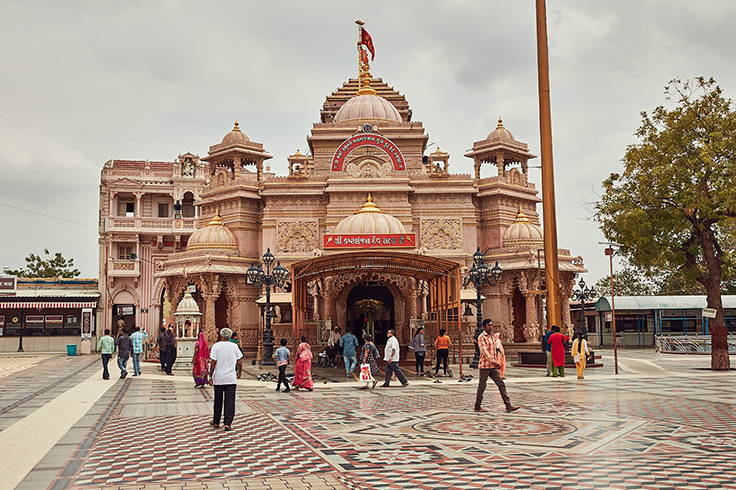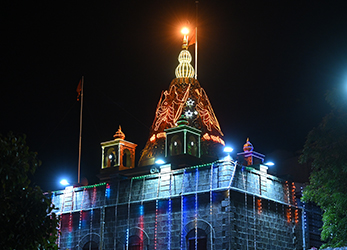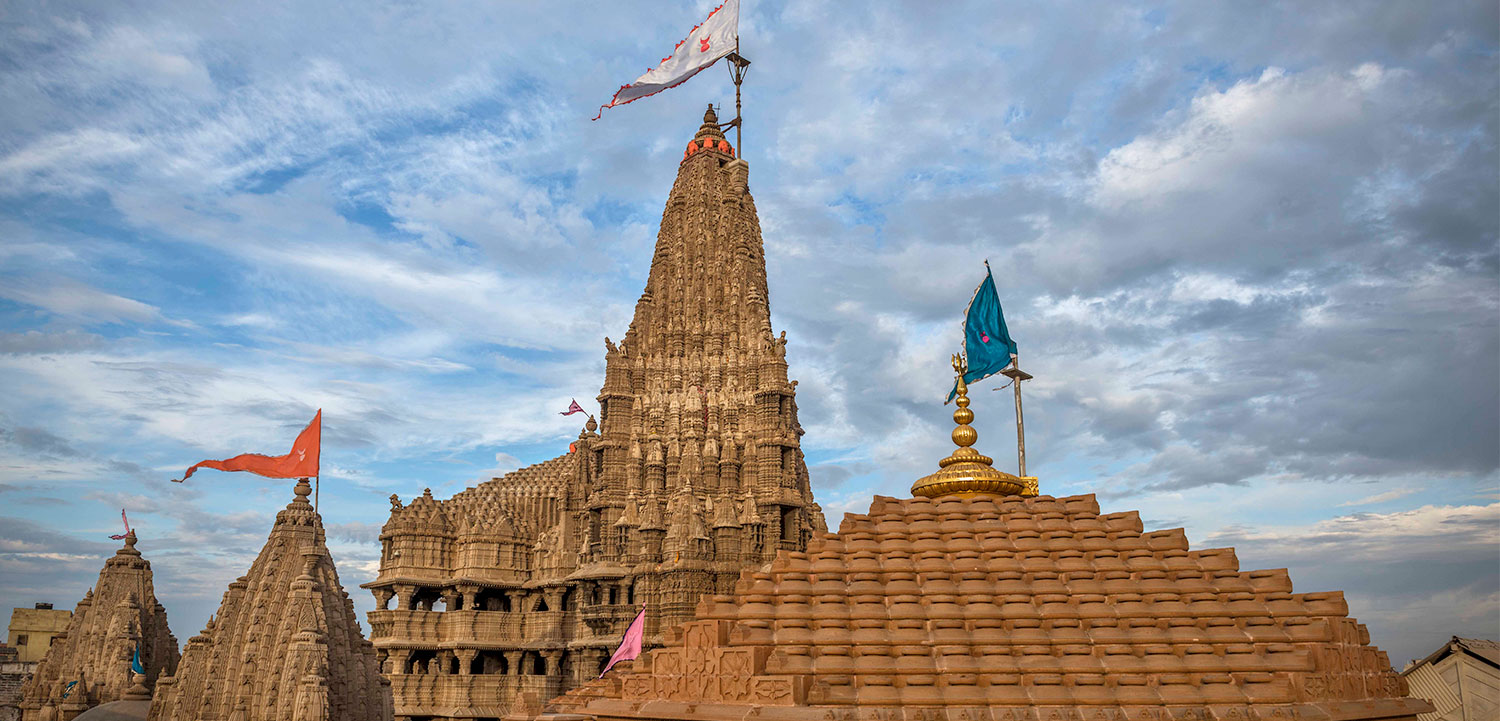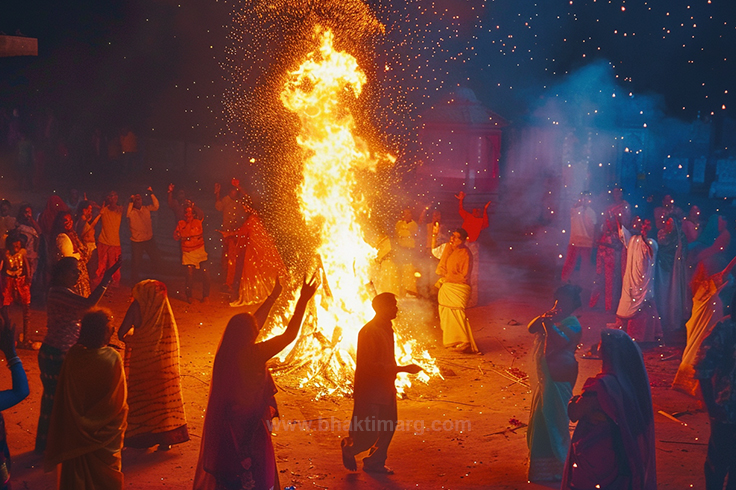
A Step-by-Step Guide to Holi Celebrations 2024: From Holika Dahan to Rang Barse
Holi is the festival of colours in India. It is also one of the biggest celebrations that has been celebrated across different states in different ways. Holi is celebrated yearly in India and is mainly observed between late February and mid or late March. The concept of Holi with Radha Krishna is primarily derived from the northern regions of India and it is one of the most renowned legends behind this beautiful color-splashing Hindu festival, Holi.
Like every year, Vasant Panchami or Rang Panchmi 2024 will be celebrated in the last full moon of Phalguna month, indicating the beginning of the spring/ summer season. During the celebration of the Holi festival, many international tourists visit India to witness the glorious event. So, you are also gearing up for the 2024 Holi celebration. Keep reading!

Holika Dahan 2024 Date and Timings:
The Holi or Rang Panchmi 2024 is in India on Monday, March 25th. The Holika Dahan night is March 24th, Sunday (the night of the last full moon of Phalguna month). The auspicious time of Holika Dahan 2024 begins from 07:19 PM to 09:38 PM on March 24th. So, March 25th is the day of Holi, when people in India hit the street with colours and water to play fun-filled and colorful games.
You can get eco-friendly Holi colours to play Holi with your friends and family. Also, you can attend different public gatherings across India to celebrate Hindu Festival Holi.
Holi Celebration Story
Holi is known as the ‘Festival of Colours‘ or ‘Festival of Love’. The event is celebrated across India, and different regions have unique customs and methods of celebrating the festival of colors. The Hindu festival Holi is a two-day festival, the first day is known as the Holika Dahan meaning burning Holika, and the next day is Holi Rang Panchami or Dhulandi both having a deep story and significance behind it.
There are many legends behind the celebration of Holi, which varies from one Indian region to another. One of the famous stories behind the festival of Holi is the story of Praladh and Hiranyakashipu. According to this story, Praladh the biggest devotee of lord Vishnu was the son of demon king Hiranyakashipu. He conspired to kill his son with the help of his sister Holika. Holika took Praladh with her and sat on a fire bed, however, lord Vishnu appeared and prevented the fire from harming Praladh, but the fire consumed Holika instead. Hence Holika Dahan meaning the burning of Holika is celebrated as a form of burning all the evil in our life.
How Do We Celebrate Holi?
How to play Holi is not a question to be asked in India as it is celebrated with great zeel and fun by all from young to elders. On the first day of Holika Dahan or Choti Holi, people use light bonfires at night (which symbolizes the Asura Holika) to celebrate the victory of good over evil.
The next day Holi Rang Panchami, where people gather and splash colours and water at each other, sing, and dance, marking the day as the beginning of good things. Also, Holi is associated with the concept of ‘Holashtak’ – an 18-day penance period before Holi. During this time, all the significant and positive tasks are postponed. There are several beliefs behind the Holashtak for more details on the same you can read from our blog “Legends of Holi”
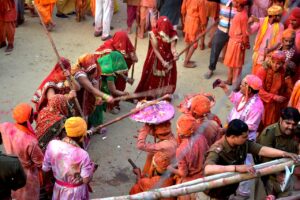
Lathmar Holi Celebration in UP, India
Celebration of Holi Festival Through India
Holi is celebrated across India, and different regions celebrate this festival of colour uniquely so let’s know some of them,
-
Lathmar Holi – Uttar Pradesh
The Lathmar Holi is another popular form of Holi played in Barsana which signifies the event of Holi with Radha Krishna. The essence of ‘Lathmar’ comes from the playful act of lord Krishna and his Gopies and Radha who would be equipped with a cane or Lathi to hit Nathkhat Krishna and his friends who would hold cane baskets to protect themselves in this playful act.
-
Phaguwa – Bihar
Phaguwa is a Bhojpuri term that means Holi in Bihar in north India, Holika Dahan is an integral part of Phaguwa. Holi is celebrated here with powder colours, traditional dance, folk songs, and regional snacks and sweets.
-
Khadi Holi or Mahila Holi – Uttarakhand
In Uttarakhand, the Hindu festival Holi is celebrated as Mahila Holi, khadi Holi, or Baithaki Holi here, revelers move around the city, singing and dancing to traditional folk songs in traditional attire. This troop is called Toli they also greet people by smearing powder colours same as locals playing with colours
-
Vasant Utsav or Dol Jatra – West Bengal
In West Bengal, the celebration of the Holi Festival is famous by the name Vasant Utsav or ‘Dol Jatra’. It is a celebration of spring in Bengali Vasant, Dol is celebrated with ‘Provat feri’, young women and men dressed in traditional yellow, green, and red attire while reciting poems of Rabindranath Tagore, dancing, singing, and splashing colours/flowers.
-
Rang Panchmi or Shimga – Maharashtra
Shimga or Holi Rang Panchami is the local name for Holi in Maharashtra and is celebrated in the same way as Holika Dahan the night before Holi while burning the Holi people practice loud shouts signifying an attack on evil and turn it out of their lives. And on the day of Holi, people play with water and colour signifying inviting new colors in life after the turmoil has ended.
-
Ukuli or Manjal Kuli – Kerala
Celebration of the Holi Festival in the ‘City of God’ as Ukuli or Manjal Kuli, by the Kudumbi and Konkani communities is a feat to see. Here, the primary color used for the celebration is turmeric or Manjal Kuli local enjoy the festival in temples praying the lord, singing songs, and greeting each other by smearing the turmeric color.
Modern Interpretation of Hindu Festival Holi
The modern celebration of Holi festival primarily focuses on an eco-friendly and sustainable approach to enjoying the day. The modern and young generation with a mix of tradition and new age have formed their version of How to play Holi, some of the highlights of the modern Holi celebration in India include,
- Eco-friendly Holi colours or herbal colours made from flowers and leaves
- Minimizing water usage
- Authentic Indian snacks and drinks like Thandai, sharbat, laddus, barfi, etc.
- Use of real flowers and petals
- Dance, song, and hosting Holi-themed outdoor parties
- No use of plastic or balloons
Any festival in India is not just an event but a meaningful observance having deep significance to the culture and tradition, the same is true with the celebration of Holi Festival. Yet keeping in mind the environmental whereabouts and make the Rang Panchami 2024 more significant with Eco-friendly Holi colours and less or rather no use of water. Understand the the substance of the hindu festival Holi with Bhakti Marg and celebrate with devotion remembering our culture and rich tradition.




